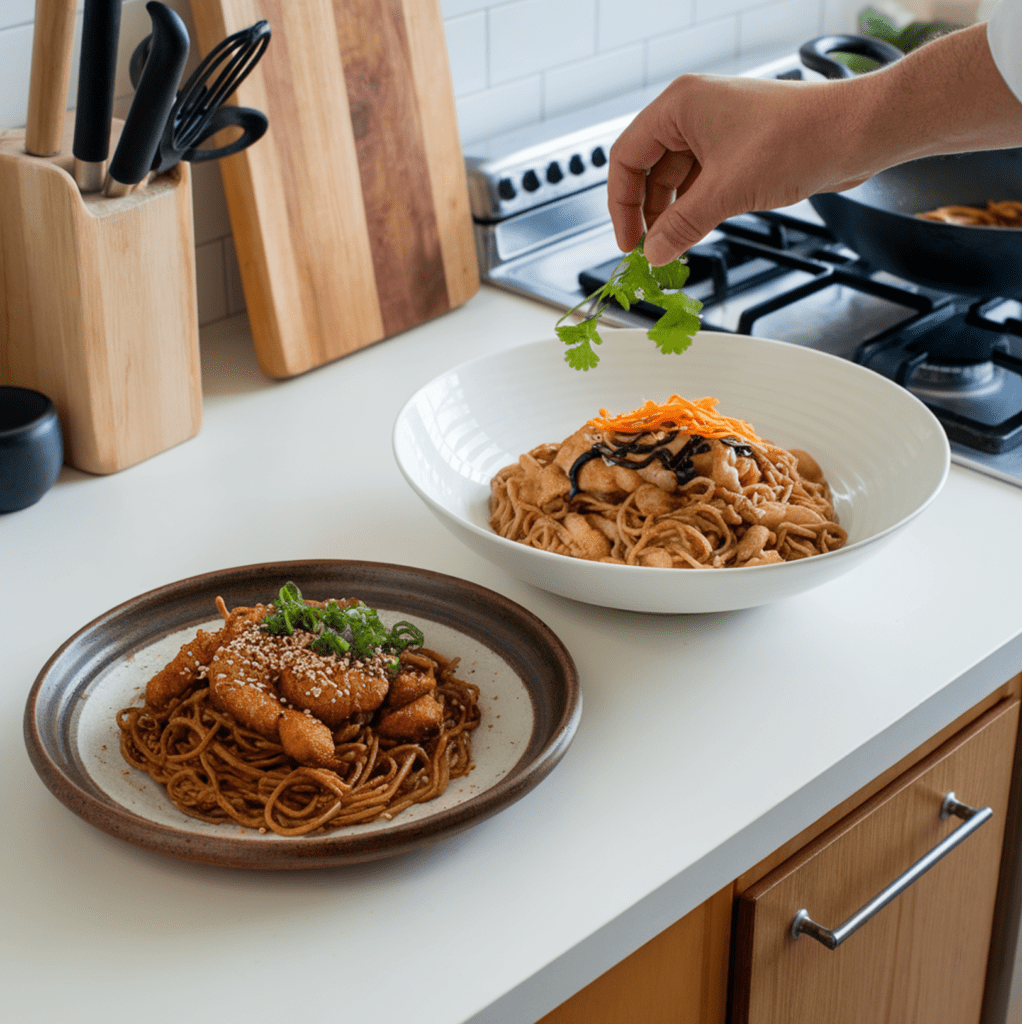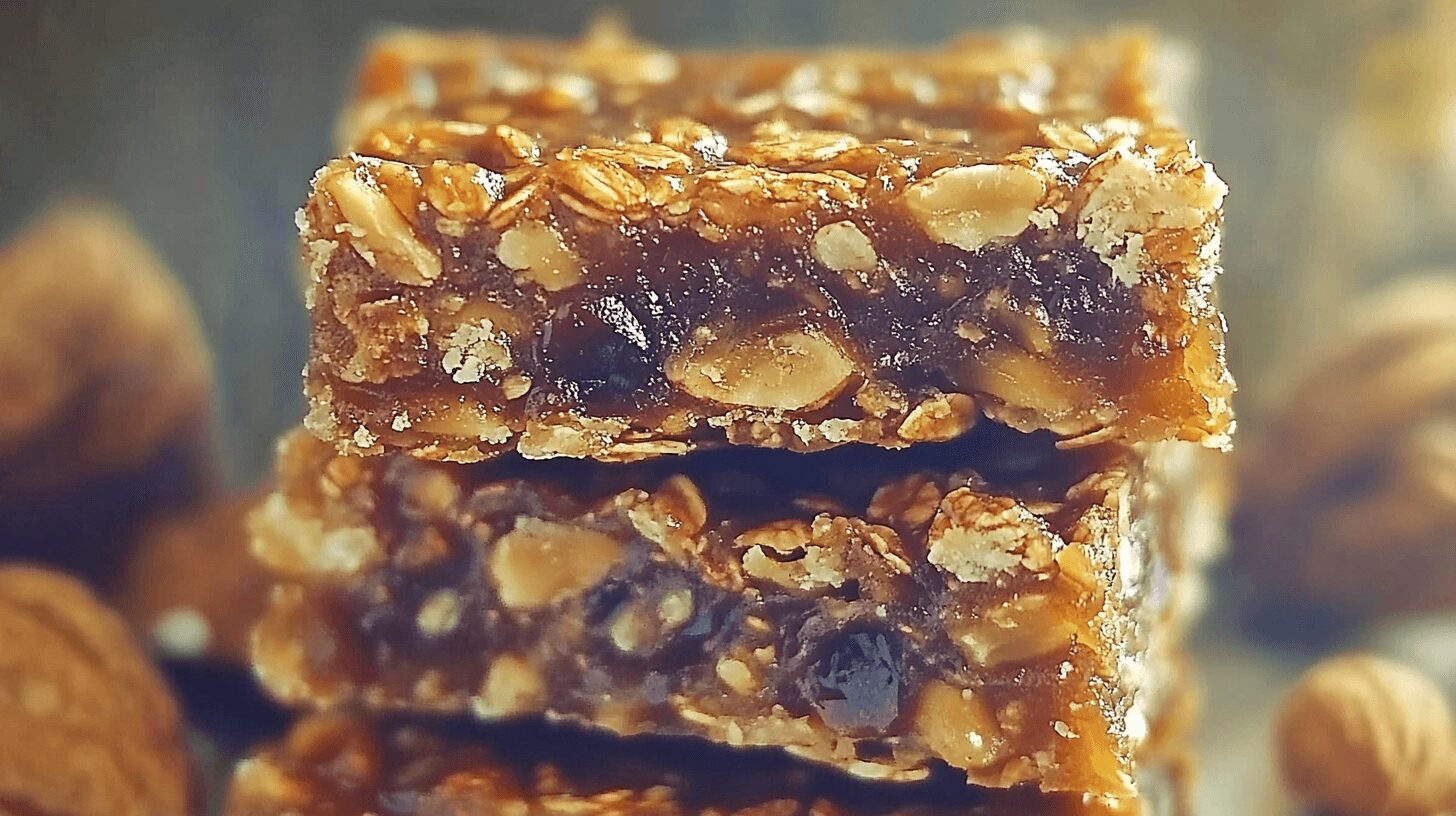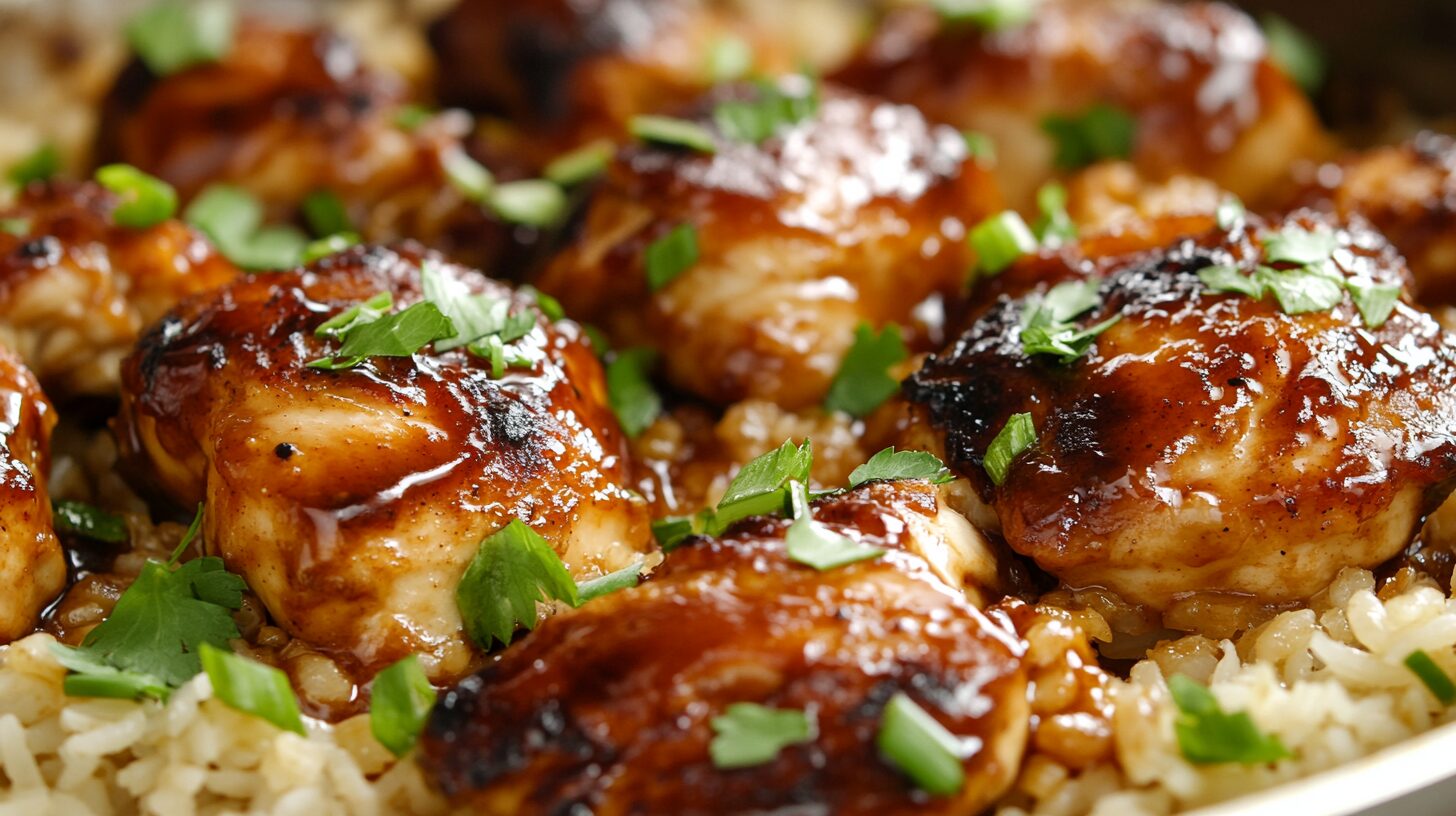Introduction
Have you ever wondered what sets chicken lo mein apart from chow mein? While these two dishes share many similarities, they each offer a unique flavor and texture experience. In fact, the difference lies not only in the preparation but also in the type of noodles used. Moreover, understanding these variations can help you recreate authentic Chinese cuisine at home. Above all, whether you prefer soft and tender noodles or crispy delights, there’s a dish to match your taste buds. In this article, we’ll explore the key differences, preparation methods, and creative variations to try.
What is Chicken Chow Mein Made Of?
Chicken chow mein is a dish made with stir-fried noodles, chicken, and various fresh vegetables, including carrots, bell peppers, and cabbage. The vibrant mix of ingredients provides both visual appeal and a satisfying crunch. In addition, chefs pan-fry the noodles until they turn golden and crispy, which gives the dish its signature texture that so many people love. For example, you might find chicken chow mein as a staple on menus in Chinese-American restaurants, often served with a flavorful, savory sauce.
The sauce typically features a harmonious blend of soy sauce, oyster sauce, and sesame oil, which creates a bold and savory base. Moreover, chefs sometimes enhance the sauce by adding a touch of garlic, ginger, or even chili paste for an extra layer of flavor and a hint of heat. On the other hand, some variations might include a sweet element, like a drizzle of honey or brown sugar, to balance the saltiness of the other ingredients. Not only that, but the crispy texture of the pan-fried chow mein noodles complements the tender chicken and the fresh, crunchy vegetables perfectly.
As a result, chicken chow mein has become a go-to comfort dish for many, offering a delightful mix of flavors and textures in every bite. Consequently, it’s a favorite choice for those who enjoy meals that combine contrasting elements, such as the crispiness of the noodles with the juiciness of the chicken and the freshness of the vegetables. This balance of textures and flavors has cemented chicken chow mein as one of the most popular and versatile dishes in Chinese-inspired cuisine.
What is the Difference Between Lo Mein and Chow Mein?
The main difference between chicken lo mein and chow mein lies in how the noodles are prepared. Chefs fry chow mein noodles until they become golden and crispy, giving them a crunchy texture that defines the dish. In contrast, they boil lo mein noodles to keep them soft and tender, resulting in a completely different eating experience. In addition, the sauces for these dishes vary slightly; lo mein typically includes a lighter, glossier sauce that gently coats the noodles, while chow mein features a thicker, richer sauce designed to enhance its crispy elements.
Lo mein noodles are often tossed directly with the sauce and other stir-fried ingredients, such as chicken or vegetables, creating a unified and cohesive dish. This method allows the flavors to meld together seamlessly. On the other hand, chefs usually use chow mein noodles as a crispy base, layering the toppings of chicken, vegetables, and sauce on top. This approach ensures that the crispy texture of the noodles contrasts with the tender chicken and vibrant vegetables.
As a result, chow mein delivers a delightful crunch in every bite, while lo mein offers a smoother, silkier texture. Choosing between the two ultimately depends on your personal preference. For instance, if you enjoy bold textures and layered flavors, chow mein might be your go-to. Conversely, lo mein might appeal to those who prefer a softer, more comforting noodle dish. Above all, both dishes showcase the versatility of Chinese cuisine, offering options to suit every palate.
Why is Chicken Chow Mein So Good?
chicken lo mein and chow mein : Chicken chow mein stands out as a culinary favorite due to its irresistible blend of crispy noodles, tender chicken, and vibrant vegetables. The dish brings together a perfect balance of contrasting textures and harmonious flavors, making each bite a delightful experience. Chefs create its rich and satisfying taste by combining soy sauce, sesame oil, and oyster sauce, which together form a savory base that enhances the overall flavor. Above all, the inclusion of fresh vegetables, such as carrots, bell peppers, and cabbage, ensures the dish remains hearty, nutritious, and visually appealing.
One of the reasons chicken chow mein is so beloved is its versatility. Home cooks can easily customize it to suit their preferences. For example, you can substitute the chicken with shrimp, tofu, or beef to create new variations of the dish. Adding extra vegetables, such as snap peas, mushrooms, or broccoli, provides additional layers of flavor and texture. Because of this flexibility, chicken chow mein has earned a place as a go-to meal in households around the world.
In addition, the preparation process offers endless possibilities for creativity. Some people prefer a spicier version by adding chili paste or crushed red pepper, while others opt for a sweeter touch by incorporating a bit of honey or brown sugar. Above all, these adjustments allow cooks to tailor the dish to their unique tastes and dietary needs. As a result, chicken chow mein becomes more than just a meal; it evolves into a personalized dining experience.
Ultimately, chicken chow mein offers a perfect combination of delicious flavors, exciting textures, and nutritional benefits. In conclusion, it’s not just a dish—it’s a versatile and customizable culinary delight that brings satisfaction and enjoyment to every table
What is the Sauce in Chow Mein Made Of?
The sauce in chow mein owes its rich and savory flavor to a blend of essential ingredients like soy sauce, oyster sauce, and sesame oil. These components work together to create a well-rounded taste that is both savory and slightly sweet. Chefs often enhance the sauce further by adding sugar or honey, introducing a subtle sweetness that balances the salty notes. For example, this combination of flavors creates a profile that perfectly complements the crispy noodles and tender chicken.
Garlic and ginger play a crucial role in elevating the sauce’s flavor. When minced and sautéed, they release aromatic oils that deepen the dish’s complexity. Additionally, some recipes call for adding chili paste or crushed red pepper to bring a spicy kick, catering to those who enjoy bold flavors. In short, the sauce is the unifying element, tying the noodles, chicken, and vegetables into a cohesive and satisfying meal.
To make an authentic chow mein, perfecting the sauce is essential. Chefs can customize it further by adjusting the sweetness, saltiness, or spice level to suit personal preferences. For instance, adding a splash of rice vinegar or a few drops of hoisin sauce can introduce new dimensions to the flavor. As a result, the sauce becomes not only the backbone of the dish but also an avenue for culinary creativity. Ultimately, this versatile sauce ensures that every bite of chow mein is a flavorful and memorable experience.
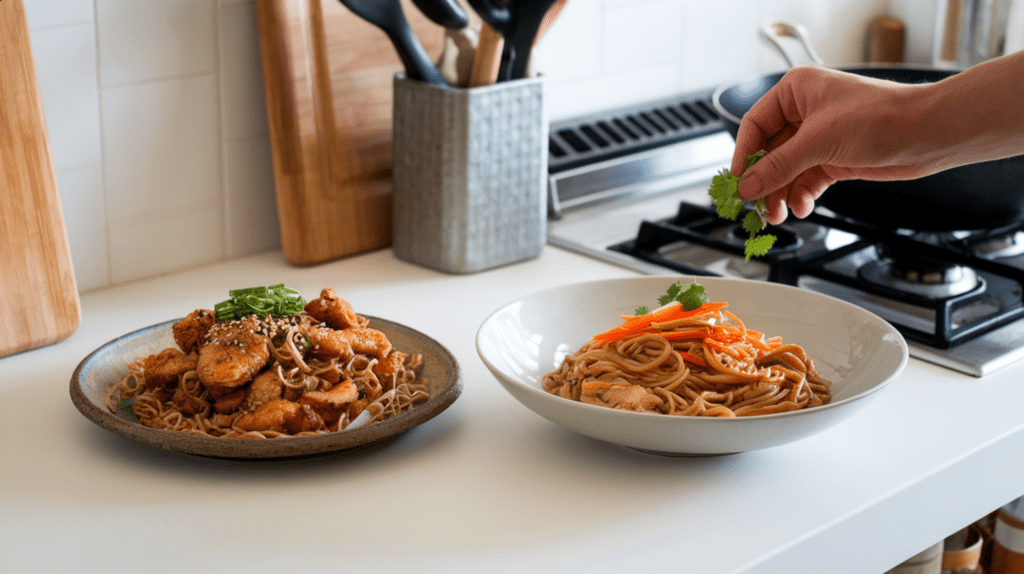
Creative Tips and Variations
Creative Tips and Variations
Experimenting with chicken lo mein and chow mein offers endless possibilities to personalize these dishes and make them uniquely your own. For instance, replacing chicken with shrimp, tofu, or beef can bring entirely new flavors and textures to the table. Chefs often enhance the nutritional value of these dishes by adding a variety of vegetables. Snap peas, mushrooms, broccoli, or bok choy, for example, not only add vibrant colors but also boost the dish’s nutritional profile.
In addition, exploring alternative noodle types opens up creative options, especially for those with dietary restrictions. Using zucchini noodles, rice noodles, or even spaghetti as a base can provide a gluten-free or low-carb alternative while maintaining the dish’s essence. On the other hand, incorporating regional sauces such as hoisin, black bean sauce, or a spicy chili garlic sauce can infuse the meal with distinctive flavors from different culinary traditions.
Presentation plays an equally important role in elevating the dish. Above all, feel free to garnish your lo mein or chow mein with fresh herbs like cilantro, sesame seeds, or green onions to add both flavor and visual appeal. For example, arranging the ingredients thoughtfully on a platter can turn a simple meal into a restaurant-quality presentation.
As a result, these creative twists not only enhance the overall dining experience but also ensure your version of lo mein or chow mein stands out. In conclusion, don’t hesitate to experiment with ingredients, techniques, and flavors—this flexibility makes these dishes a favorite canvas for culinary creativity.
FAQs
What is Chinese Chicken Chow Mein Made Of?
chicken lo mein consists of stir-fried noodles, tender chicken, and a mix of fresh vegetables, such as carrots, bell peppers, and cabbage, all topped with a savory and flavorful sauce. The pan-fried noodles give the dish a crispy texture, which sets it apart from lo mein. For more details about the ingredients and preparation, check out our comprehensive guide to chicken chow mein.
What is the Difference Between Lo Mein and Chow Mein?
The difference between lo mein and chow mein lies primarily in the texture and preparation of the noodles. Lo mein features soft, boiled noodles that are tossed with sauce and stir-fried ingredients, resulting in a smooth and cohesive dish. Chow mein, on the other hand, uses crispy, fried noodles that serve as a base for the toppings. Additionally, the sauces differ in thickness and flavor profile, with lo mein using a lighter sauce and chow mein opting for a richer, thicker one. For a deeper comparison, visit our article on the differences between lo mein and chow mein. You can also explore the contrast between chow mein and chop suey in this detailed guide.
Why is Chicken Chow Mein So Good?
Chicken chow mein delivers the perfect balance of crispy and tender textures, complemented by the robust flavors of its savory sauce and fresh vegetables. The pan-fried noodles offer a satisfying crunch, while the chicken and vegetables bring a combination of juiciness and vibrancy. This balance of flavors and textures makes it a standout dish. To discover why chicken chow mein remains a favorite for so many, read our article on what makes chow mein special.
What is the sauce Chow Mein is made of?
The sauce in chow mein is a delicious blend of soy sauce, oyster sauce, sesame oil, garlic, and ginger. These ingredients combine to create a savory, slightly sweet flavor profile that enhances the dish’s overall taste. Additionally, the sauce can be customized with spices like chili paste or sweeteners like honey for added depth. If you’re curious about creating the perfect sauce, check out our in-depth breakdown of chow mein sauce.
Conclusion
In conclusion, the difference between chicken lo mein and chow mein lies in the noodles, sauce, and preparation methods. Above all, each dish offers a unique texture and flavor, making them both delightful options for lovers of Chinese cuisine. For example, chow mein satisfies those who crave a crispy crunch, while lo mein is ideal for fans of tender, soft noodles. Both dishes provide versatile and delicious ways to enjoy a homemade meal.
Why not try making both dishes at home? With the tips and insights in this article, you can easily recreate these dishes and even achieve restaurant-quality results. For additional inspiration, check out the recipes and techniques available on AllRecipes, Food Network, and Tasty. These resources offer many ideas to elevate your culinary skills and experiment with new flavors.

Chocolate Guinness Cake with Baileys Buttercream

Ultimate Dolly Parton Butterscotch Pie: 5 Sweet Reasons to Try This Classic Dessert
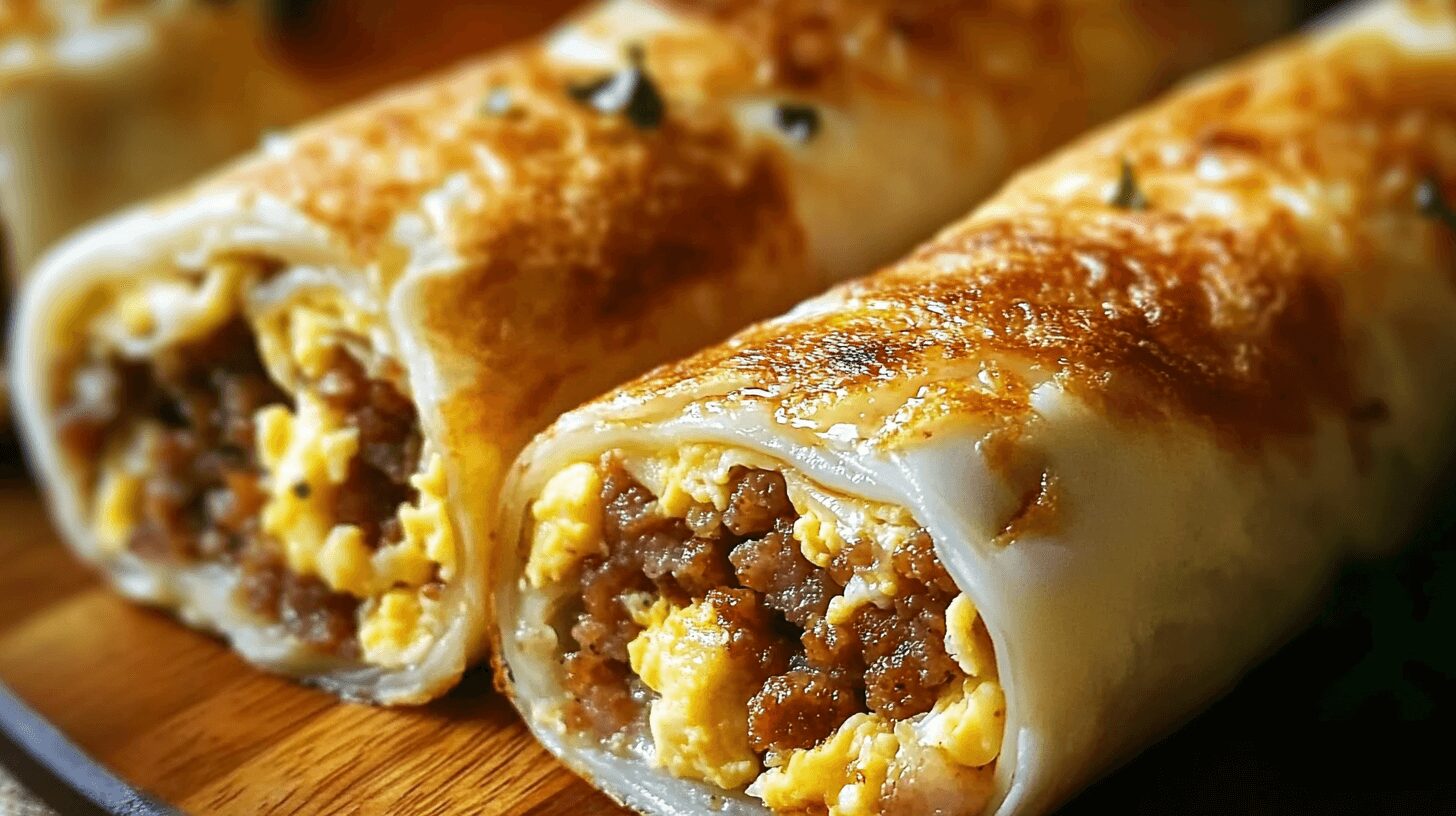
5-Minute Sausage Egg and Cheese Breakfast Roll-Ups: The Perfect Morning Delight
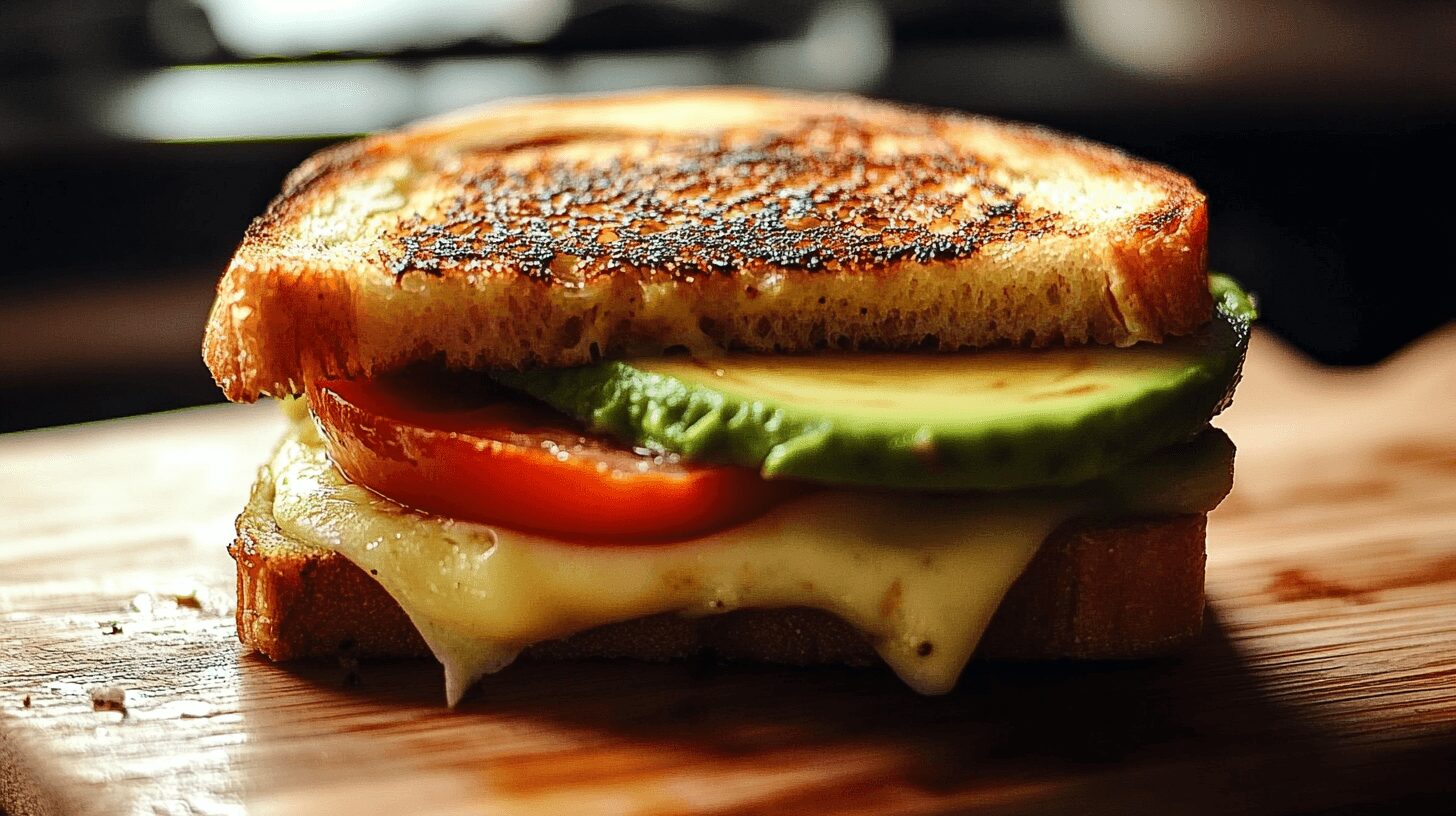
Healthy Avocado Grilled Cheese: 5 Reasons to Try This Nutritious Twist on a Classic

7 Reasons to Love Smothered Potatoes: A Delicious and Nutritious Comfort Food
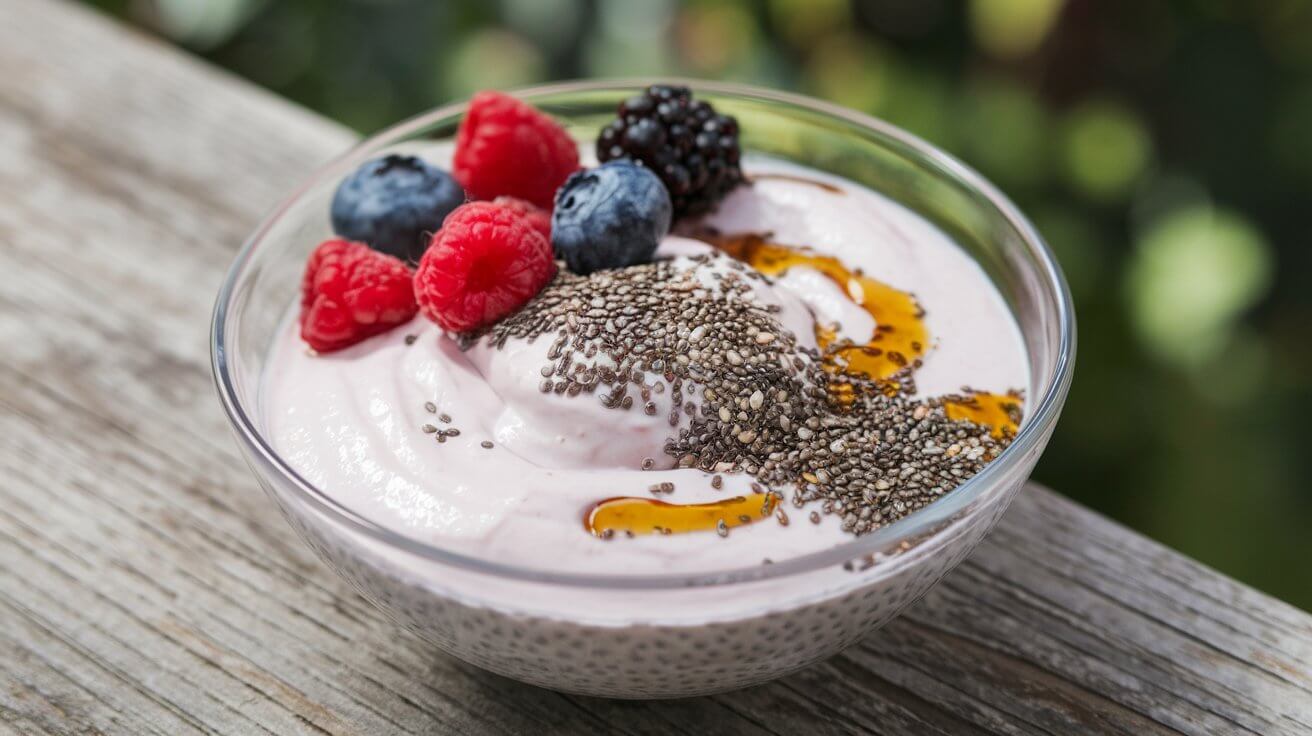
Greek Yogurt Chia Pudding: 5 Reasons This Simple, Healthy Treat is a Game-Changer


